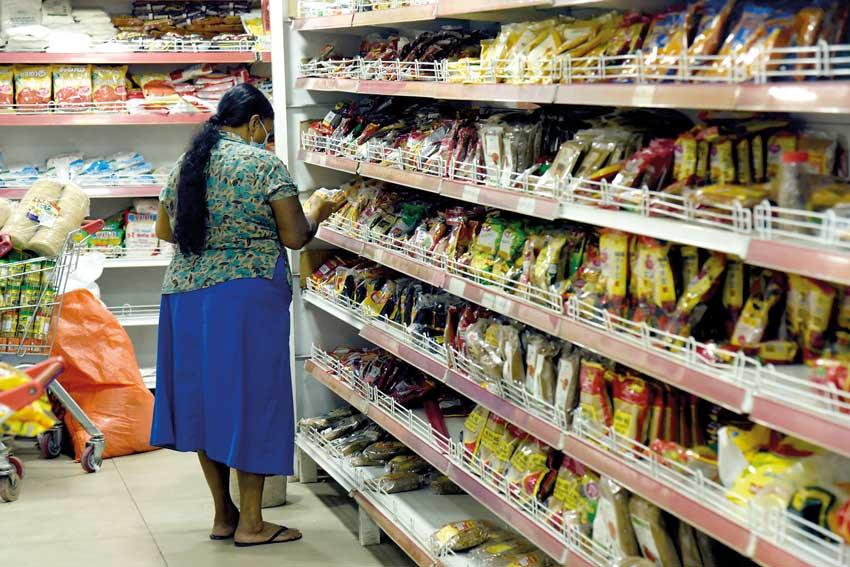Reply To:
Name - Reply Comment

In line with Colombo prices, the national consumer prices too climbed in January reaching its highest levels since officials began compiling data for the index in October 2015 as food prices climbed and the non-food prices continued to gain pace.
However, perhaps in a sigh of some relief to consumers, as well as to policy makers who are grappling with how best to deal with the escalating cost of living, the prices showed some easing in January from a month ago.
There is also a consensus building up among a broad segment of economists and analysts around the world that the worst of the price pressures might be behind the global economy and the prices could start coming down from the second half of 2022 with easing of supply chain bottlenecks caused predominantly by the virus.
The United Kingdom yesterday announced an end to all virus related restrictions and free mass testing effective from April 1, a month earlier than previously planned, unveiling the government’s ‘living with Covid plan’.
The prices measured by the National Consumer Price Index (NCPI) rose 16.8 percent in the twelve months to January 2022, accelerating from 14.0 percent in the twelve months to December 2021.
However, the prices measured on a monthly basis showed some easing as January prices rose by only 3.1 percent, after 3.7 percent increase between November and December 2021.
Food prices index also took a similar trend.
Though annual prices accelerated to 24.4 percent through January, from 21.5 percent through December 2021, the prices measured on a monthly basis significantly decelerated to 3.4 percent between January 2022 and December 2021 from 6.2 percent between December and November 2021.
Meanwhile, non-food inflation became a cause for concern as it continued to climb both on annual basis as well as on monthly basis. The annual prices rose by 10.2 percent—recording a double-digit increase for the first time—from 7.6 percent in the twelve months to December 2021. The monthly prices also increased steadily in the last three months with January prices logging 2.7 percent increase, more than doubling from 1.3 percent rise in December 2021.
While this is a phenomenon, which must be expected with the full re-opening of the economy where physical activities are getting underway after months long hiatus due to virus related restrictions, the higher energy prices and other commodities prices are compounding the price pressures.
This was reflected by the core price inflation, which rose by 12.9 percent in the twelve months to January 2022, from 10.8 percent through December 2021. Core price inflation measures the underlying price pressures in the economy barring often volatile items such as food, energy and transportation.
Inflation is a global phenomenon except in Japan, which has been suffering from deflation for decades.
The global consumer prices started rising from around the second quarter of 2021 and it remained stickier than expected prompting global central banks to pull back additional stimulus it pumped into economies since the virus outbreak.
For instance, in the United States, the Consumer Price Index rose by 7.5 percent in January 2022, reaching a new 40-year high, prompting the US Fed to start raising interest rates from as early as March.
JP Morgan Chase & Co. economists said this week they expect the US Fed to deliver nine rate hikes of 25 basis points each at every straight meeting to tamp down inflation.